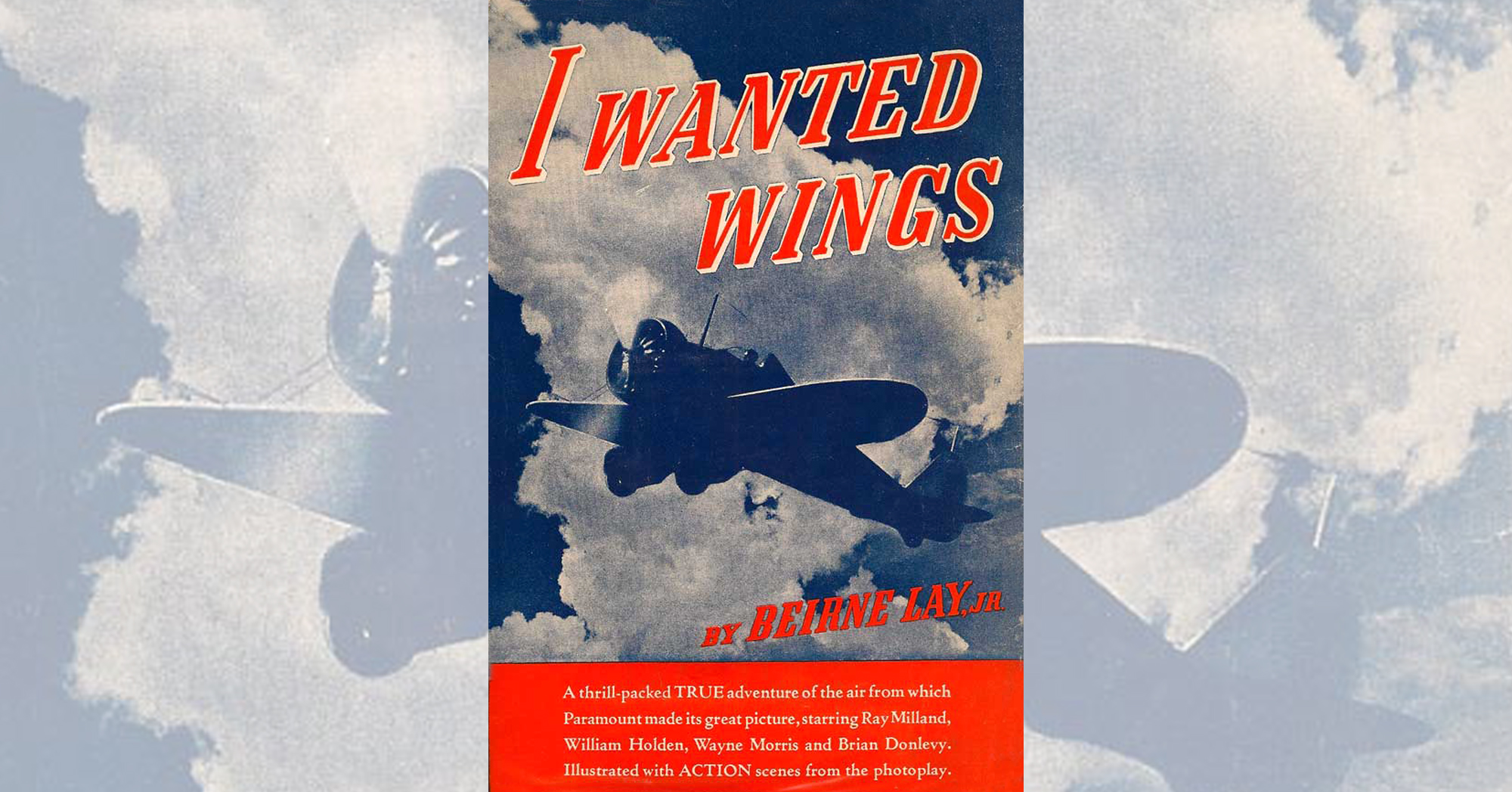I Wanted Wings by Beirne Lay, Jr.
Few books had as great an influence on aviation-minded youth in the Depression as Beirne Lay Jr.’s autobiography. Enlisting as an Army Air Corps cadet in 1932, Lay piloted Curtiss and Keystone bombers, and also flew the mail after President Franklin D. Roosevelt canceled all airline mail contracts. The Air Corps struggled to get by with antiquated aircraft, inadequate training facilities and low pay, also bearing the brunt of public blame after a rash of fatal accidents. During that period Lay wrote magazine articles explaining what had happened from a pilot’s point of view.
After Lay left active duty in 1935, he began writing I Wanted Wings, the first book that told about Air Corps training from the preliminary examinations through the primary, basic and advanced flying courses and combat. It was an instant hit with young men, including me.
Lay doesn’t spare the reader his own fears about engine failures, forced landings, night and formation flying—as well as his mistakes and accidents. An especially valuable section is “Notes for the Layman,” in which he defines aviation terms and explains aerobatic maneuvers such as chandelles, Immelmanns and vertical reversements. Also included are airplane and airport terminology, pilot licensing requirements, advice on where to get instruction plus the costs of aircraft operation and maintenance.
Published not long before World War II, Lay’s book had the answers that so many of us who wanted to become pilots were looking for. Lay co-wrote a screenplay with the same title, filmed in 1940. He returned to active duty in 1939, flying in combat in the European theater. At one point he bailed out and was hidden by the French Resistance— experiences that would later inform his career as a screenwriter, with credits for films like Twelve O’Clock High and Strategic Air Command.
Lay, who died in 1982, will always be remembered by military pilots like me as the writer whose book helped us decide that our future should be in the air.
Originally published in the May 2011 issue of Aviation History. To subscribe, click here.





